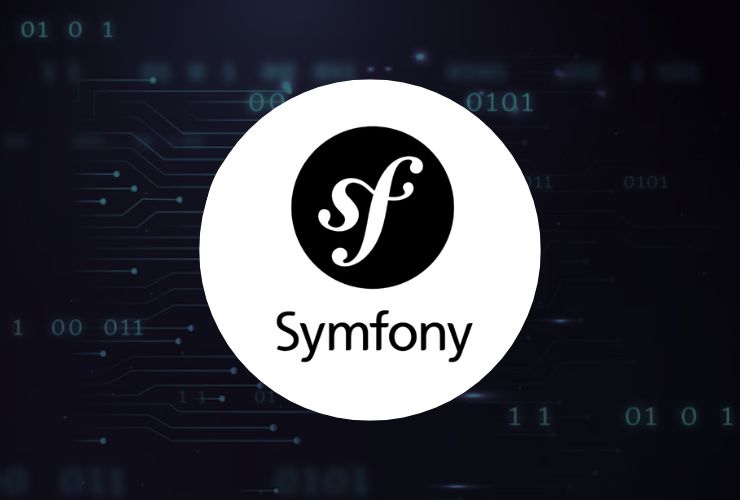Modern applications need to process high loads, maintain real-time communication, and process parallel tasks efficiently. Symfony Messenger offers a solid response for building asynchronous and scalable applications that can run in distributed environments while avoiding the complexity that often comes with these requirements. By adding message buses, handlers, and queue transports to your application, Messenger supports a clean architecture for any Symfony project that requires different jobs to execute in the background.
This article demonstrates how Symfony Messenger works, its importance in today’s applications, and where and how you can use it to build high-performing distributed systems.
What is Symfony Messenger?
Symfony Messenger is a powerful component that adds asynchronous message processing, queuing, event dispatching, and the command/handler pattern to Symfony. With Messenger, your application can send messages to a queue to then be processed by workers in the future.
Messenger can work synchronously or asynchronously and offers many out-of-the-box transports like RabbitMQ, Redis, and AWS SQS (and Kafka).
The Benefits of Using Messenger for Async & Distributed Applications
1. Better Application Performance
Heavy operations, such as sending an email, or generating a report, can be delegated to background workers without blocking user requests.
2. Better Scalability
Multiple workers can execute in parallel on separate servers, ideal for distributed systems and microservices.
3. Reliability
Messages will stay in queues until they have been processed, meaning less chance of data loss.
4. Cleaner Application Architecture
Messenger enforces the command/handler pattern, which results in a much more orderly and modularized logic.
5. Multiple Message Transport Options
You could choose queue systems like:
- RabbitMQ
- Redis
- Amazon SQS
- Kafka
- Doctrine DBAL (for smaller projects)
Key Components to Symfony Messenger
Message
A simple PHP object that contains data, could be a command or event.
Handler
A class that will perform logic to process messages.
Message Bus
The pipeline to send the message to the handler.
Transport
The connection to the queue system such as RabbitMQ or Redis.
Worker
A background process that will consume the messages asynchronously.
A Simple Overview of How Symfony Messenger Works
- Your app dispatch a message to the bus.
- The message is sent to the configured bus (queue).
- A worker retrieves the message from the queue.
- The handler will perform the logic when processing the message.
This workflow allows the task to be processed in the
Typical Use Cases for Symfony Messenger
1. Sending Emails or Other Notifications
Send emails via Queues so the user is not waiting for an SMTP response.
2. Image or Video Processing
You can perform CPU intensive tasks asynchronously.
3. Importing Large CSV or API Data
Users can still use the system while data is being processed asynchronously in the background.
4. Event-Driven Architecture
You can trigger work-flows when something occurs, such as a user registering.
5. Microservices Communication
Send messages between microservices via queues.
6. Scheduled Jobs
You can run periodic jobs via workers and cron jobs.
Best Practices of Using Symfony Messenger
1. Use Retry Strategies
Configure retry strategies to handle failed messages automatically
2. Log All Failures
Keep track of failed messages through the failed transport.
3. Use Separate Transports
Process critical messages and non-critical messages via different queues.
4. Optimize Workers
Run multiple workers for high throughput applications.
5. Monitor Your Queues
Monitor queues using the RabbitMQ dashboard, Redis CLI, or SQS metrics.
Conclusion
Symfony Messenger gives developers a powerful and flexible way to build an application that is asynchronous, distributed, and highly scalable. With incorporated message buses, queues, and workers, Messenger helps you cope with large workloads and create event-driven architectures easily.
Whether you’re sending emails, processing large datasets, or connecting microservices, Messenger enables Symfony applications to grow smoothly and perform reliably under pressure. With the right configuration and best practices, you can transform your Symfony project into a robust, scalable, and production-ready distributed system.












